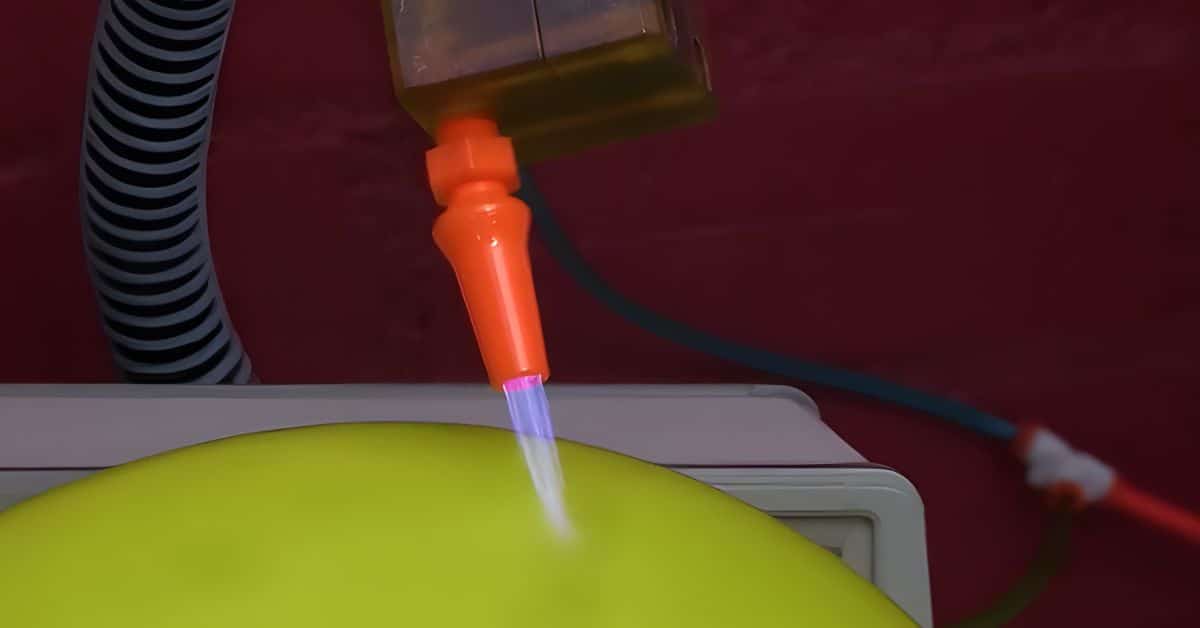Understanding the Science Behind Plasma Surface Treatment

Plasma surface treatment is a pioneering technology to bond, coat, and modify materials. By leveraging the reactive properties of plasma, engineers, scientists, and manufacturers are unlocking new potentials across diverse applications.
This approach is ideal for anyone seeking enhanced adhesion, durability, and functional consistency. In this guide, we’ll explain the science behind plasma surface treatment for your understanding.
What Is Plasma Surface Treatment?
Plasma surface treatment alters material surfaces by exposing them to plasma, an ionized gas that contains charged particles. This treatment modifies the chemical and physical properties of the surface at a microscopic level. Due to its effectiveness in treating substrates such as plastics, metals, and glass, many professionals use plasma treatment for medical device and electronic device manufacturing.
Exposing materials to high-energy plasma improves their wettability and functionality. Surfaces that were once slick or non-receptive can bond with adhesives, paints, epoxies, or coatings.
The Science of Plasma Treatment
Plasma surface treatment addresses a critical issue in material science—how to modify surface properties without altering the bulk composition of the material. Many materials, such as polymers or metals, have inert or non-reactive surfaces, making it challenging for adhesives, coatings, or other substances to adhere. This can hinder manufacturing processes and compromise product performance.
The solution lies in plasma’s ability to create an energized ionized gas environment, which interacts with the material’s surface at the molecular level. By exposing the surface to plasma, its energy disrupts molecular bonds and introduces functional groups that improve adhesion or wettability. Plasma treatment is non-invasive and precise, ensuring consistency and minimizing environmental impact. It is an invaluable tool for professionals requiring high-performance bonding and coating applications, such as those in aerospace, automotive, and medical device production.
Advantages of Plasma Treatment
Now that we understand the science behind plasma surface treatment, we can discuss its benefits. A plasma surface treatment system provides superior adhesion and material durability, and it’s an eco-friendly process.
Superior Adhesion and Bonding
The primary advantage of plasma treatment is its ability to create superior adhesion and bonding. By enabling materials to form strong connections, the technology eliminates common issues, such as peeling or uneven coating. In medical device manufacturing, plasma-treated components, such as hypodermic needles and pacemaker surfaces, achieve exceptional adherence for coatings and assembly.
Enhanced Durability
Plasma-treated materials can withstand wear and environmental challenges, meeting commercial and military durability standards. The components are reliable for professionals in the aerospace and automotive industries.
Sustainable and Eco-Friendly Process
Plasma treatment is a sustainable alternative to traditional chemical processes, such as solvent-based or abrasive methods. Plasma operates cleanly by using non-toxic gases, such as argon. This eco-friendly approach eliminates harmful byproducts, reduces the environmental footprint, and maintains superior effectiveness.
Unlocking Plasma Treatment With Tri-Star Technologies
Plasma surface treatment has transformed material preparation for adhesion, coating, and functional enhancement with its precision, versatility across substrates, and eco-friendliness. Tri-Star Technologies, with over 30 years of innovation, offers advanced plasma treatment systems, like the PT-1000 and PT-2000, to enhance bonding, durability, and consistency. Contact our team today to learn more or schedule a demo, and see how plasma treatment can elevate your operations.


